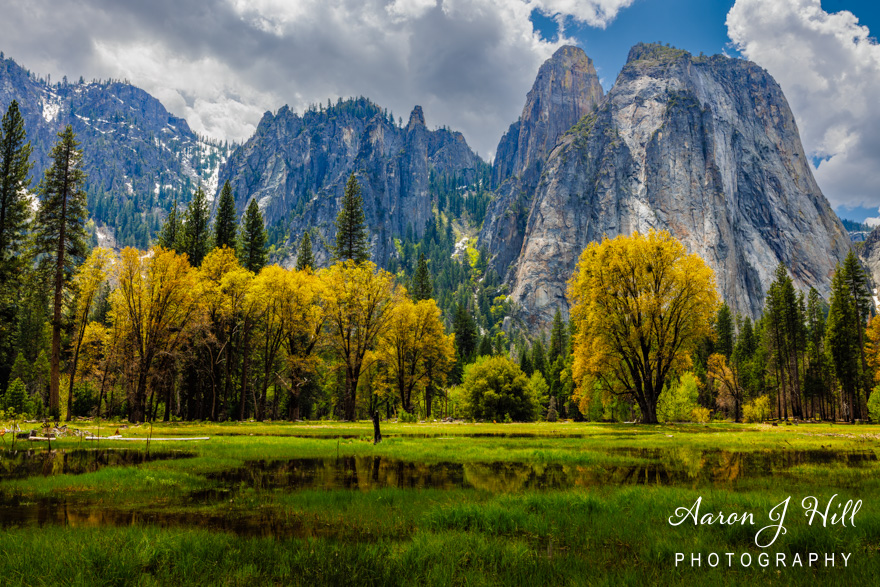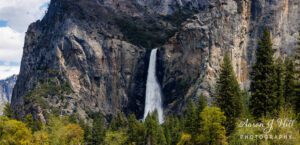Tucked within the heart of California’s Sierra Nevada mountains, Yosemite Valley is one of the most awe-inspiring landscapes in the world. Towering granite cliffs, thundering waterfalls, and ancient sequoia trees make this place feel almost mythical. But beyond its breathtaking beauty, Yosemite Valley holds a rich and dramatic history—one shaped by indigenous people, explorers, conservationists, and presidents.
From the era of the Ahwahnechee people to the legendary meeting between John Muir and President Theodore Roosevelt, Yosemite’s story is one of discovery, conflict, preservation, and adventure.
Join me as we take a journey through Yosemite’s history—one story at a time.
The Ahwahnechee People: Yosemite’s First Inhabitants
Long before the first European Americans arrived, Yosemite Valley was home to the Ahwahnechee people. These Native Americans lived in harmony with the land, hunting deer, fishing in the Merced River, and gathering acorns. They called the valley “Ahwahnee,” meaning “gaping mouth”—a name that would later inspire the famous Ahwahnee Hotel.
However, their peaceful existence was shattered in 1851 when the Mariposa Battalion, a group of militia men searching for gold, invaded Yosemite. The soldiers burned Ahwahnechee villages and drove many of them out. The valley that had been their home for generations was now opened to settlers and tourists.
Some Ahwahnechee remained, hiding in the cliffs and forests. Their descendants still live in the area today, ensuring that their culture and history are not forgotten.
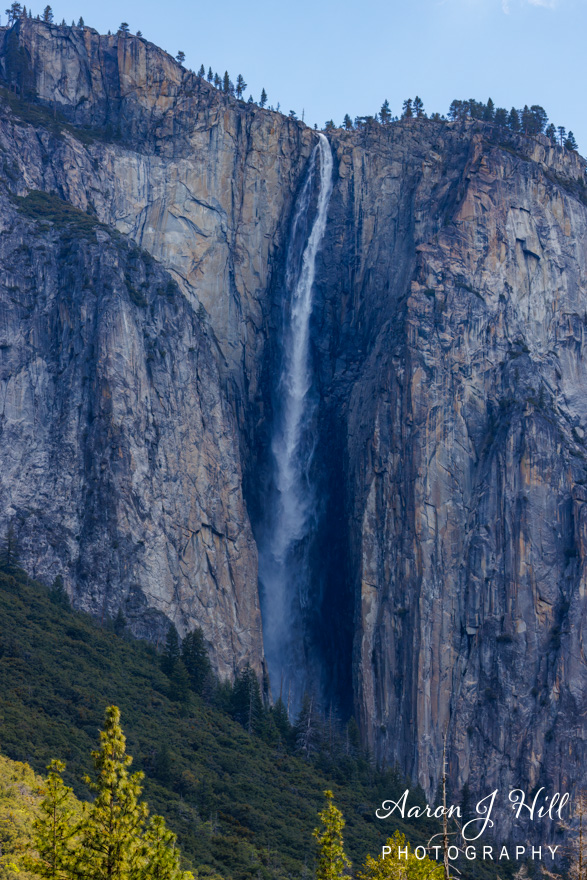
A Land of Discovery and Tourism
In 1855, an explorer named James Hutchings and artist Thomas Ayres organized the first tourist expedition into Yosemite Valley. Their descriptions and sketches of towering granite walls and misty waterfalls captivated the public. Suddenly, everyone wanted to see this hidden paradise for themselves.
To accommodate the growing number of visitors, Galen Clark, an early conservationist, built a small wayside hotel in Wawona in 1856. It became a resting place for weary travelers, offering them a place to sleep before venturing into the valley.
As more stagecoach roads were built in the 1870s, Yosemite was no longer just a secret known to explorers—it was becoming one of America’s greatest natural attractions.
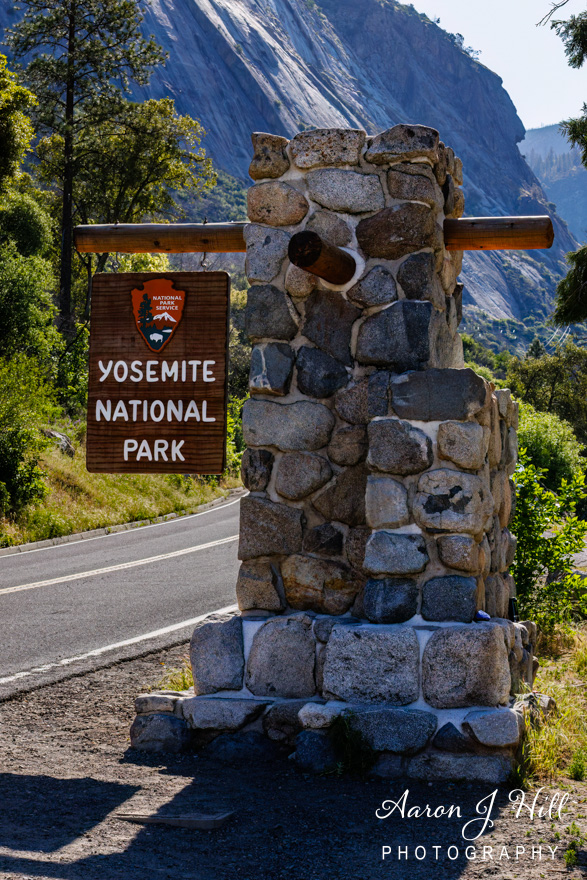
John Muir: The Voice of the Wilderness (1868-1903)
If there’s one name forever tied to Yosemite, it’s John Muir.
When Muir first arrived in Yosemite in 1868, he was overwhelmed by its beauty. He spent days wandering through the valley, climbing granite domes, and sleeping under the stars. To him, Yosemite was a “temple of nature”, a sacred place that must be protected.
Muir became Yosemite’s greatest defender, writing passionate essays about its wonders. He warned that unchecked grazing, logging, and commercial development could destroy this paradise. His words inspired a new conservation movement.
In 1890, thanks to Muir’s advocacy, Congress designated Yosemite as a national park. However, Yosemite Valley itself was still controlled by California. That would change in 1906—thanks to a very special visitor.
Glacier Point Road and the Famous Yosemite Firefall
In 1882, a road to Glacier Point was completed, providing a stunning overlook of Yosemite Valley, Half Dome, and the High Sierra peaks. For decades, visitors gathered at Glacier Point to witness the Yosemite Firefall, a spectacle where hot embers were pushed off the edge of Glacier Point at night, creating a glowing waterfall of fire. Though it became a beloved tradition, the National Park Service banned the Firefall in 1968 due to its artificial nature and environmental impact.
Tioga Road and the Expansion of Yosemite’s Accessibility
Yosemite’s remote beauty was not easily accessible in its early years. In 1883, the Great Sierra Wagon Road was built, allowing access to Tuolumne Meadows and connecting Yosemite Valley to the eastern Sierra region. This road eventually became Tioga Road (Highway 120), which today serves as the highest highway pass in California, reaching an elevation of 9,943 feet at Tioga Pass.
Tioga Road offers breathtaking views of Tuolumne Meadows, a vast subalpine meadow filled with granite domes, crystal-clear streams, and diverse wildlife. It remains a favorite destination for hikers, rock climbers, and photographers seeking Yosemite’s beauty beyond the valley.
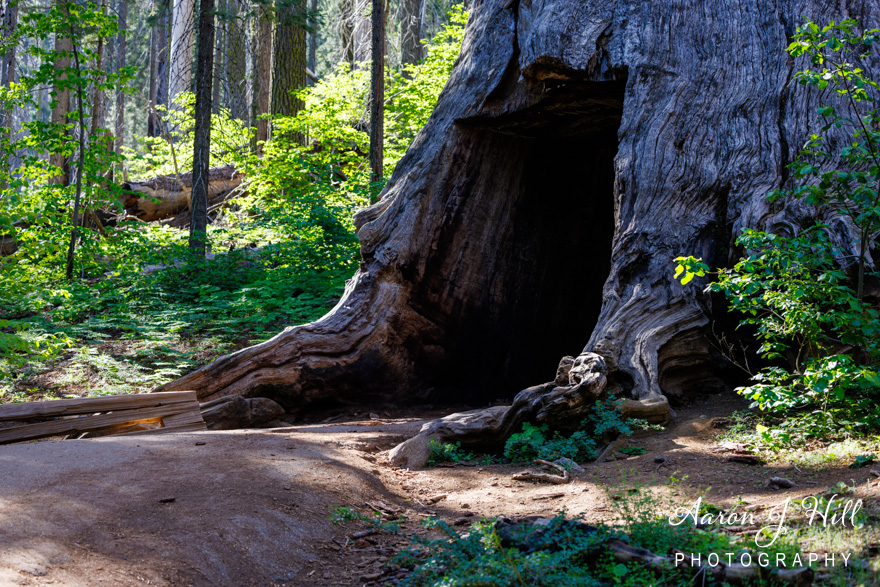
The Damming of Hetch Hetchy: A Controversial Chapter
One of the most significant environmental battles in U.S. history centered around Hetch Hetchy Valley, a glacially carved canyon north of Yosemite Valley. In the early 20th century, San Francisco sought a reliable water source, and the federal government approved the construction of the O’Shaughnessy Dam in 1913. The project flooded Hetch Hetchy Valley, turning it into a reservoir that still supplies water to San Francisco today.
The dam’s construction was a major defeat for John Muir and the Sierra Club, who fought to preserve Hetch Hetchy as an extension of Yosemite’s wilderness. Today, many environmentalists continue to advocate for the removal of the dam and the restoration of Hetch Hetchy to its natural state.
A President and a Naturalist: Theodore Roosevelt’s Yosemite Camping Trip (1903)
In 1903, President Theodore Roosevelt came to Yosemite to meet John Muir. But instead of staying in a fancy lodge, Roosevelt did something remarkable—he camped in the wilderness for three nights.
Muir guided Roosevelt through Mariposa Grove, Glacier Point, and Yosemite Valley, showing him the majesty of the land by firelight. They talked about nature, conservation, and the importance of protecting wild places.
The trip had a profound effect on Roosevelt. Three years later, in 1906, he signed an executive order that transferred Yosemite Valley and Mariposa Grove to the federal government, finally uniting them with Yosemite National Park.
Roosevelt’s visit was a turning point. Thanks to his and Muir’s efforts, millions of people today can enjoy Yosemite as a protected national treasure.
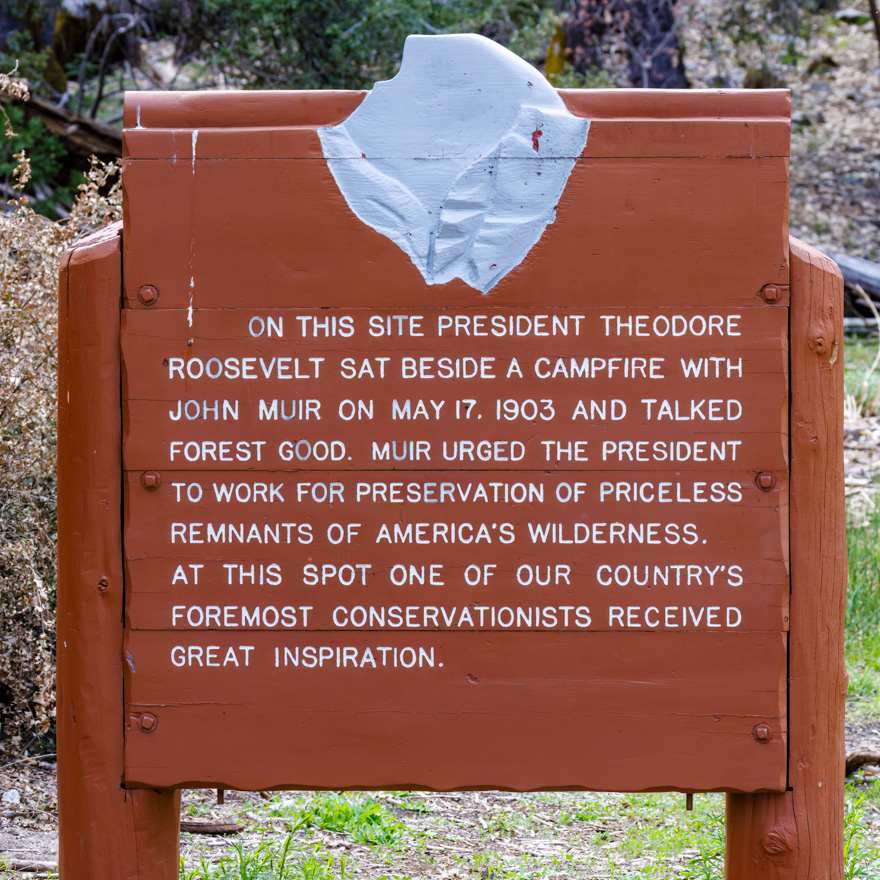
Ansel Adams: The Man Who Captured Yosemite’s Soul (1927 and Beyond)
Some people write about Yosemite. Others climb its cliffs. But Ansel Adams captured its essence through photography.
In 1927, Adams took one of his most famous photographs—“Monolith, the Face of Half Dome”. Using a large-format camera, he captured the stark contrast between the granite cliffs and the dramatic sky, creating an image that would become legendary.
Adams spent his life photographing Yosemite Valley, using his art to advocate for conservation. His breathtaking black-and-white images introduced Yosemite’s beauty to the world, inspiring countless visitors to see it for themselves.
The Thrill of Yosemite: Rock Climbing and Adventure
By the 1950s and 60s, Yosemite had become the ultimate proving ground for rock climbers.
Climbers like Warren Harding, Royal Robbins, and Yvon Chouinard tackled Yosemite’s biggest challenge—El Capitan, the massive 3,000-foot granite wall that looms over the valley.
- 1958 – The first successful climb of The Nose on El Capitan was completed.
- 1970s – Climbers like Lynn Hill continued to push the limits of what was possible.
Today, Yosemite remains the most famous climbing destination in the world, drawing elite climbers who attempt daring free solo ascents.
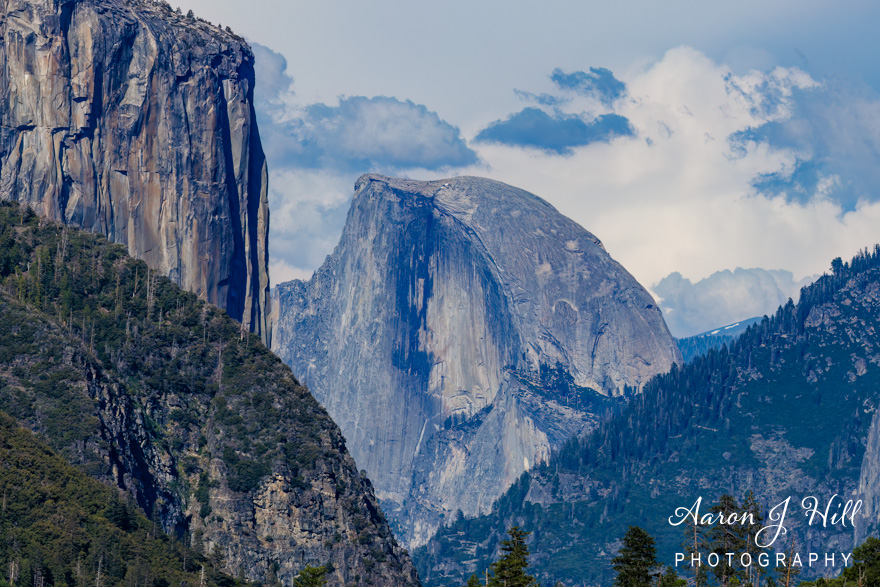
The Stoneman Meadow Riots of 1970
A lesser-known but crucial event in Yosemite’s history was the Stoneman Meadow Riots of 1970. During this time, tensions between the counterculture movement and the National Park Service escalated. Young campers, many associated with the hippie movement, gathered in Yosemite Valley. When park rangers attempted to clear them from Stoneman Meadow, confrontations broke out, leading to clashes between rangers and protesters.
The riot resulted in arrests and injuries, highlighting deeper issues regarding park management and visitor relations. As a result, the National Park Service revised its policies, implementing more structured camping regulations, better visitor services, and increased environmental protections.
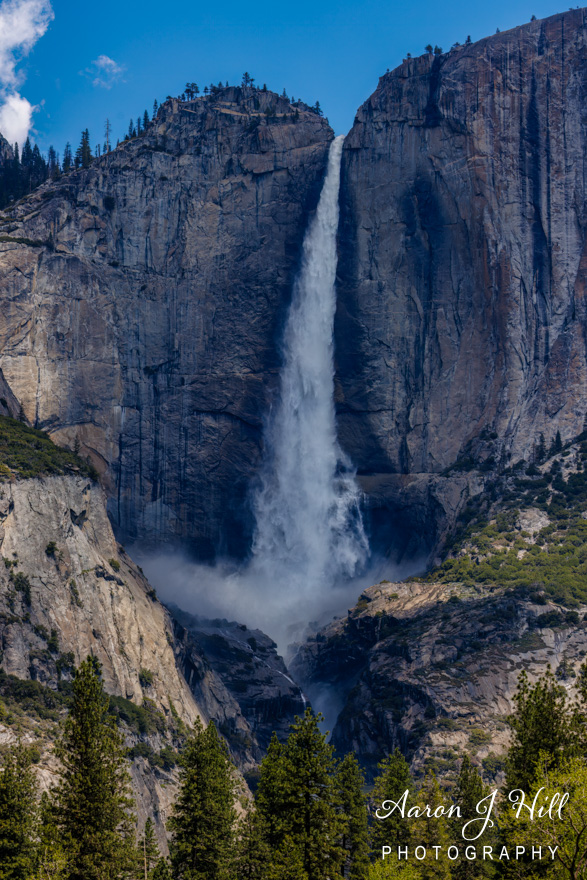
Yosemite Valley Today: A Timeless Wonder
Over four million people visit Yosemite each year to witness its legendary sights:
- El Capitan – A rock climber’s dream.
- Half Dome – An iconic hike with an unforgettable summit.
- Yosemite Falls – The tallest waterfall in North America.
- Bridalveil Fall – A misty, ethereal cascade.
- Glacier Point – The ultimate panoramic view.
Despite its popularity, conservation remains a priority. Rangers and volunteers work tirelessly to protect its wildlife, forests, and waterways, ensuring that future generations can experience the magic of Yosemite Valley.
Conclusion: Yosemite’s Legacy
Yosemite Valley is more than just a park—it’s a symbol of America’s commitment to preserving natural wonders. From the Ahwahnechee people to John Muir, Theodore Roosevelt, and Ansel Adams, its history is filled with those who fought to protect it.
Whether you visit to hike, climb, or simply gaze at its towering cliffs, one thing is certain: Yosemite Valley will leave you in awe.
And that’s exactly as it should be.
